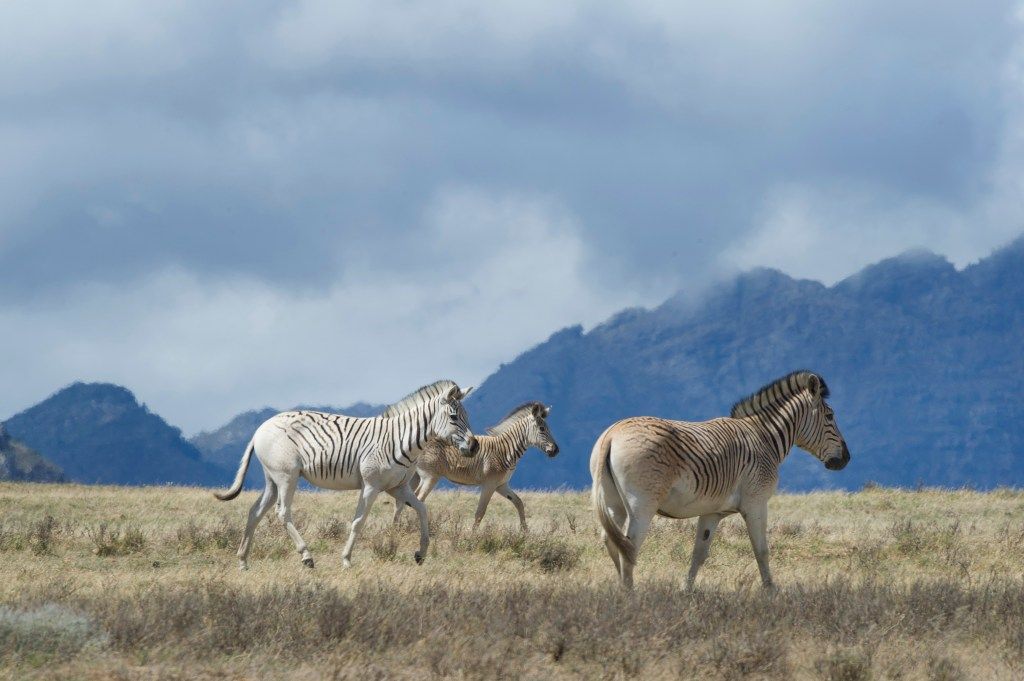"Quagga Reborn: Scientists Successfully Resurrects Extinct Zebra Relative"

Cape Town, South Africa - In a groundbreaking achievement, scientists have successfully resurrected an extinct zebra relative, the quagga, through a revolutionary breeding program.
The project, which began in 1987, aimed to bring back the quagga, a member of the horse family that once roamed Africa's Great Plains before becoming extinct in 1883. The team used a technique called "selective rebreeding," where they bred subspecies to match the genetic blueprint of the quagga.
The scientists studied the DNA of a deceased quagga foal and found it was genetically similar to Southern Plains Zebras, a browner, sparsely-striped zebra relative. After several years of careful breeding and experimentation, they finally created 10 animals that resemble their extinct counterparts.
"Impressive as this achievement is, I think the quagga reconstruction comes close but does not go full circle," said Douglas McCauley, an evolution expert at the University of California, Santa Barbara. "You're making a zebra less stripey."
Despite initial skepticism from some scientists, many have hailed the project as a success, arguing that it demonstrates the power of genetic sequencing and selective breeding.
"Annelin Molotsi's work on the quagga genome holds great potential for answering questions about the evolution and survival of endangered species," said Peter Heywood, professor emeritus of biology at Brown University.
As for the revived animals, they are named Rau quaggas, after Reinhold Rau, a German taxidermist who was instrumental in starting the project. The animals have been living at Vergelegen, a wine farm near Cape Town that serves as a sanctuary for the breed.
The Quagga Project has sparked hope among scientists and conservationists, demonstrating that with advancements in genetic engineering and careful breeding, it's possible to revive extinct species and eventually rebuild populations of endangered animals.
"This is not just about science; this is about preserving our heritage," said March Turnbull, project coordinator. "These creatures are a symbol of hope for the future."
The revival of the quagga has also raised questions about conservation efforts, particularly in comparison to other extinction-reversal projects, such as breeding woolly mammoths from elephant DNA.
"The quagga program is pure ego-driven science," said South African conservation Stuart Pimm. "It's a demonstration that with enough resources and expertise, we can create life."
However, Peter Heywood countered, saying the Quagga Project holds a more practical promise for animal conservation in the future.
"That's what matters here: not the quagga itself as an individual animal but its potential to inspire new approaches to endangered species protection," he said.
